Are you ready to take your pickleball game to new heights? Well, you’re in luck because today this article is going to dive into the fascinating world of hitting overhand in pickleball. This game-changing technique has the power to elevate your skills and leave your opponents in awe. So, if you’re wondering whether you can hit overhand in pickleball, buckle up and get ready for an exhilarating ride through the ins and outs of this game-defining move. Whether you’re a seasoned player looking to up your game or a beginner eager to learn some new tricks, this guide has got all the information you need right here. So, dive in and discover the secrets behind mastering the art of hitting overhand in pickleball.
What is an overhand hit in Pickleball?
An overhand hit in pickleball is a highly effective shot that is executed with an upward trajectory, distinguishing it from the more conventional groundstrokes typically hit at waist height or lower. This advanced technique involves positioning yourself to hit the ball above your head, employing a motion akin to a tennis serve or overhead smash.
Overhand hits are incredibly versatile and can be utilized in a myriad of situations, including serves, volleys, and overhead slams. By incorporating this skill into your repertoire, you can infuse your shots with enhanced power and precision, elevating your game to new heights. Mastering the art of the overhand hit is paramount for any serious and competitive pickleball player, as it adds a layer of finesse and strategic advantage to your overall gameplay.
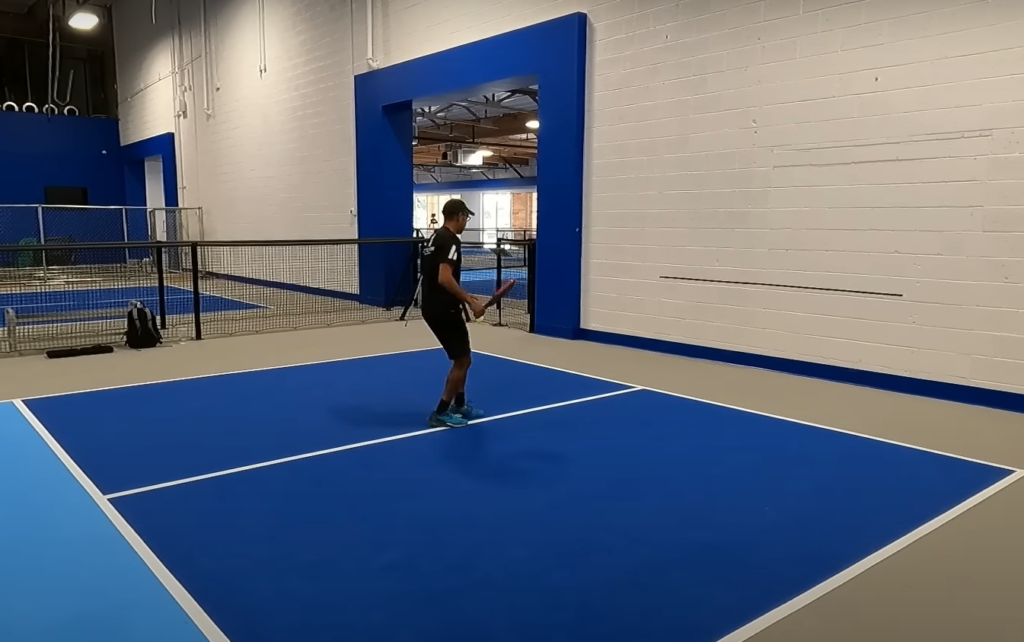
The overhand hit, a fundamental skill in pickleball, holds significant importance as it empowers players to skillfully counter high balls or lobs from their opponents. These challenging shots, often hard to return with a regular groundstroke, can be effortlessly handled with an overhand hit, enabling players to seize control of the point and potentially conclude it with a forceful shot.
Moreover, acquiring mastery in the art of the overhand hit not only adds versatility to your game but also amplifies your prowess as a well-rounded player on the court. With this ability at your disposal, you become a force to be reckoned with, capable of adapting to various game scenarios with finesse and precision.
How to execute an overhand hit
To perform an overhand hit in pickleball, follow these steps:
- Start with your paddle in front of you at waist height, ensuring a comfortable grip.
- As the ball approaches, take a step forward with your non-dominant foot, positioning yourself for a solid strike.
- Raise your dominant arm above your head, creating a high point of contact for maximum power and accuracy.
- Utilize a slight backswing, loading up your swing and generating momentum to unleash a forceful hit.
- With swift fluidity, bring your paddle down in a controlled downward motion, making contact with the ball precisely.
- Aim your shot towards your target, keeping your eyes locked on the ball to ensure precise placement.
- Follow through with your swing, allowing your arm to extend fully and smoothly, effectively transferring energy into the shot.
- As you complete the shot, bring your arm back down in front of you, maintaining balance and stability.
Remember, a firm grip on your paddle is crucial for better control and accuracy. Practice diligently to master this technique, as it may take time to perfect. With dedication and perseverance, you’ll soon become proficient in executing powerful overhand hits in pickleball [1].
Is It A Fault When You Play An Overhand Shot?
One of the most common shots in sports that requires an overhead motion is the overhand shot. This type of shot is commonly seen in sports such as tennis, volleyball, and badminton. However, there has been some debate whether this type of shot is considered a fault or not.
There are two main factors to consider when determining if an overhand shot is considered a fault: the contact point and the motion used to perform the shot.
Contact Point
In sports such as tennis and badminton, there are strict rules regarding where the ball or shuttlecock must make contact with the player’s racket. If the ball or shuttlecock makes contact with any part of the racket outside of these designated areas, it is considered a fault. This also applies to the overhand shot.
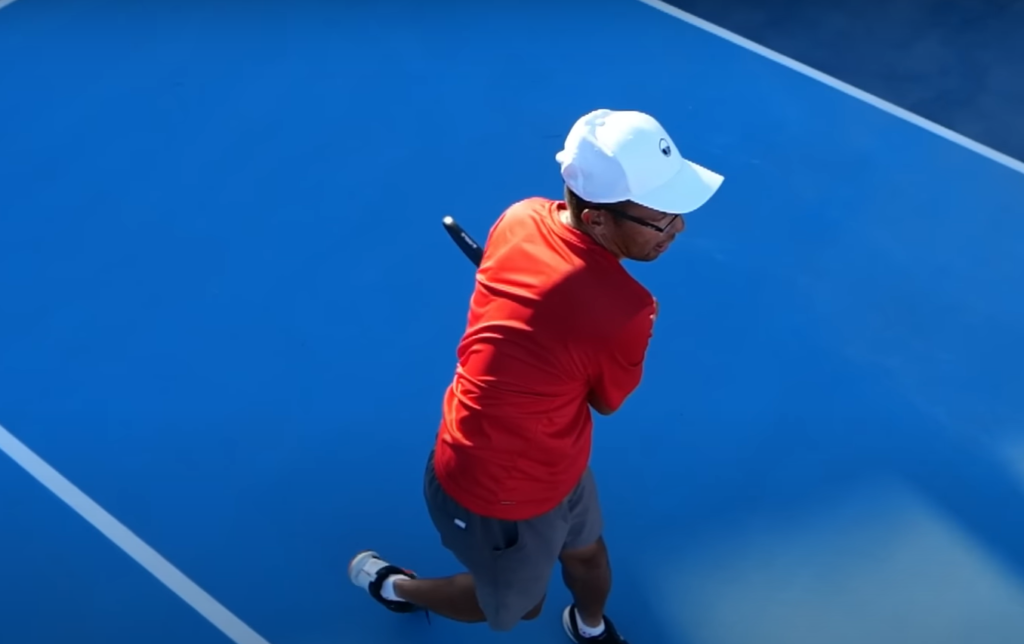
For example, in tennis, if a player’s racket makes contact with the ball above their shoulder level, it is considered an illegal shot. Similarly, in badminton, if the shuttlecock hits any part of the racket outside of the racquet face, it is deemed a fault.
Motion Used
Another factor to consider is the motion used to perform an overhand shot. In sports like volleyball, where players are allowed to use their hands, there are specific guidelines on how a player can approach and hit the ball. If a player performs an overhand shot using a throwing or pushing motion rather than a striking motion, it can be deemed a fault.
In tennis, players must execute an overhead shot using a continuous swinging motion with the racket. If they pause or change direction during the swing, it is considered an illegal shot. This rule also applies in badminton.
The Best Time To Play An Overhand Shot
Lob Shot
Gone are the days when lob shots were only used as a defensive tactic in tennis. With the evolution of the game and players becoming more versatile, lob shots have become an integral part of offensive strategies as well. However, knowing the right time to play an overhand shot can make all the difference in winning a point.
One of the best times to use an overhand shot is when your opponent is out of position or has hit a weak return. This gives you the opportunity to take control of the point and put pressure on your opponent. The high arching trajectory of an overhand shot can also make it difficult for your opponent to return, giving you an advantage.
Another ideal situation to use an overhand shot is when your opponent is approaching the net. By hitting an overhand shot, you can catch your opponent off guard and force them to retreat back to the baseline. This not only gives you more time to prepare for their next shot but also puts you in a better position on the court.
Drop Shot
While lob shots are great for putting pressure on your opponent, drop shots can be just as effective in throwing off your opponent’s rhythm. These shots are played by hitting the ball softly just over the net, making it difficult for your opponent to reach and return.
One of the best times to play a drop shot is when your opponent is deep behind the baseline or on their heels. This makes it harder for them to change direction quickly and get to the ball in time. It’s also a great shot to use when your opponent is out of position, as they will have to cover more ground and may struggle to get to the ball.
Playing a drop shot can also be effective in a long rally, where both players are moving around the court. By throwing in a drop shot, you can catch your opponent off guard and force them into making an error or a weak return. This can give you the upper hand and help you win the point.
Overhead Smash
The overhead smash is a powerful and intimidating shot that can be used to end a point with authority. It’s often played as a response to a lob shot or a high ball, but knowing the best time to play it can give you an advantage over your opponent.
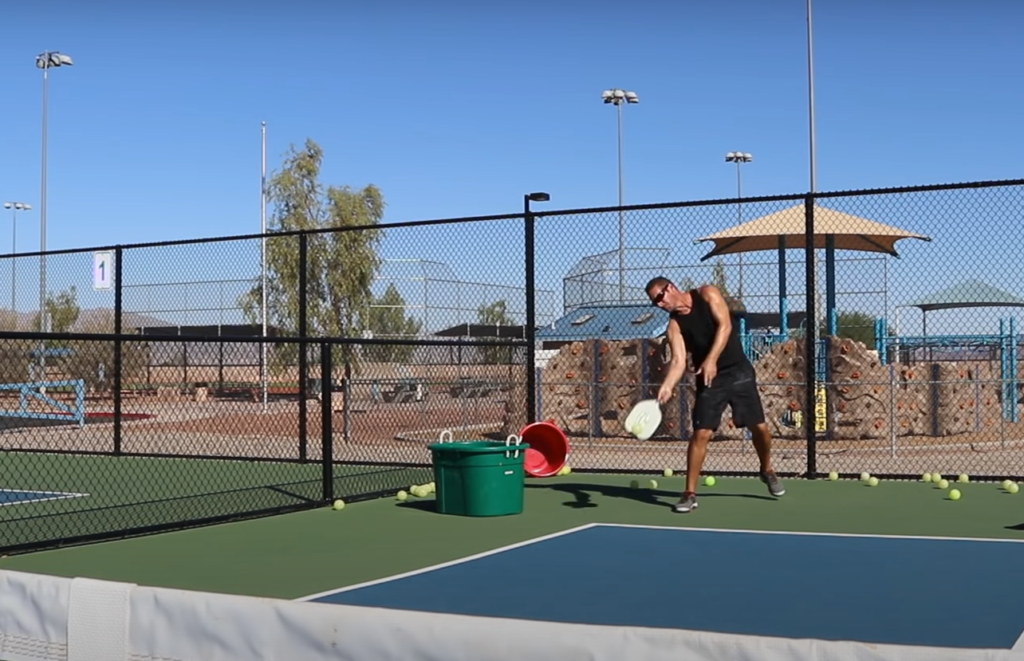
One of the most opportune moments to use an overhead smash is when your opponent has hit a weak return that has popped up into the air. This gives you a chance to step in and hit an aggressive overhead smash, putting your opponent on the defensive and giving you control of the point.
Another great time to use an overhead smash is when your opponent is scrambling to reach a lob shot or a high ball. By hitting a powerful overhead smash, you can put them under pressure and make it difficult for them to return the ball. This shot is also effective in doubles, where you can use it as a surprise attack against your opponents at the net.
Volley
Volleying is an essential skill in tennis and can be a game-changer if used at the right time. Unlike other shots, volleys are played before the ball bounces on your side of the court, making it a quick and efficient way to win points.
One of the best times to use a volley is when your opponent has hit a weak return or a short ball. By moving forward to the net and hitting a volley, you can take control of the point and force your opponent into making a defensive shot. In addition, volleys are great for pressuring your opponent’s weaker side or forcing them out of position.
Another ideal moment to hit a volley is when your opponent is on the run or reaching for a difficult shot. By hitting a quick and well-placed volley, you can surprise your opponent and take control of the point. This shot is especially useful in doubles, where quick reactions and reflexes are necessary for success.
The Best Grips For Overhand Hits
Continental Pickleball Grip
The Continental Pickleball Grip is the perfect grip for overhand hits. This grip involves holding the paddle with your dominant hand like a traditional tennis racket, with your index finger slightly extended on top of the handle. This allows for a strong and controlled grip while still being able to generate power in your shots.
One of the main advantages of this grip is that it allows for a wide range of shots, including overhand hits, backhands, and forehands. It also allows for quick transitions between shots, making it a versatile grip for all types of players.
Weak Continental Grip
Another popular grip for overhand hits is the Weak Continental Grip. This grip is similar to the Continental grip, but instead of extending your index finger on top of the handle, it is placed diagonally across the handle. This slight adjustment in hand placement can make a big difference in generating power and spin on your shots.
It allows for a more relaxed grip, which can help reduce strain on the hand and wrist during extended play.Strong Continental Grip
For players looking to really maximize power on their overhand hits, the Strong Continental Grip is worth considering. This grip involves placing your index finger and thumb slightly further down the handle, creating a more open hand position.
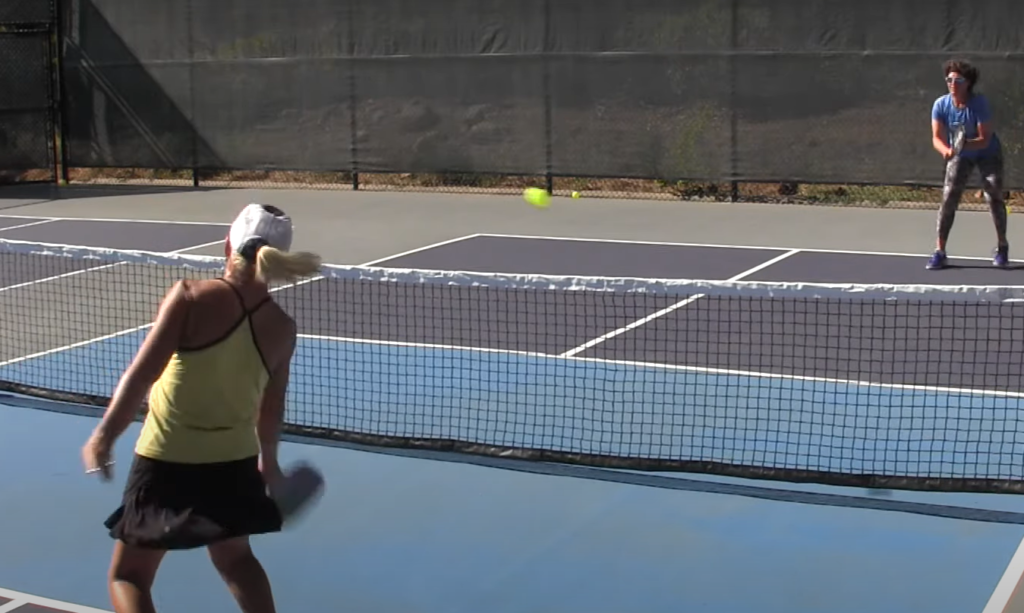
While this may feel uncomfortable at first, it allows for a larger range of motion and therefore more potential power in your shots. It also allows for better control and spin on the ball, making it a great option for advanced players or those looking to add more power to their game.
Eastern Backhand Grip
While not specifically designed for overhand hits, the Eastern Backhand Grip can be an effective option for players with smaller hands. This grip involves gripping the paddle like a hammer, with your index finger extended along the length of the handle.
This grip may not provide as much power as other options, but it allows for quick and controlled backhand shots. It can also be useful in transition shots from forehand to backhand, making it a versatile choice for players looking to improve their all-around game [2].
Tips to Improve Overhand Shots
The overhand shot is a key skill in many sports, including volleyball, tennis, and even basketball. It involves throwing or hitting the ball from above your head with a swift motion to generate power and accuracy. While it may seem like a simple technique, mastering the overhand shot takes practice and attention to detail. In this guide, we will discuss some tips to help you improve your overhand shot and take your game to the next level.
Focus on your grip
The way you hold the ball is crucial in executing a successful overhand shot.
Your non-dominant hand should be used for support and control, with your palm facing upwards to guide the ball.Practice proper footwork
Footwork plays a significant role in generating power for your overhand shot. Start by standing with your feet shoulder-width apart, keeping your non-dominant foot slightly ahead of your dominant foot. As you prepare to hit or throw the ball, transfer your weight from your back foot to your front foot, using your legs and core muscles to generate momentum.
Find the right angle
The angle at which you hit or throw the ball can greatly impact its trajectory and accuracy. For an overhand shot, aim to have your arm at a 90-degree angle before releasing the ball. Keep in mind that this angle may vary depending on the sport and your personal preference, so it’s essential to experiment and find what works best for you.
Follow through with your arm
One common mistake in overhand shots is stopping or slowing down your arm motion after releasing the ball. This can greatly affect the power and accuracy of your shot. Instead, make sure to follow through with your arm, extending it towards your target in a smooth and fluid motion.
Practice, practice, practice
Mastering your overhand shot, like any skill, requires consistent and dedicated practice. Set aside a specific daily time to refine your technique.
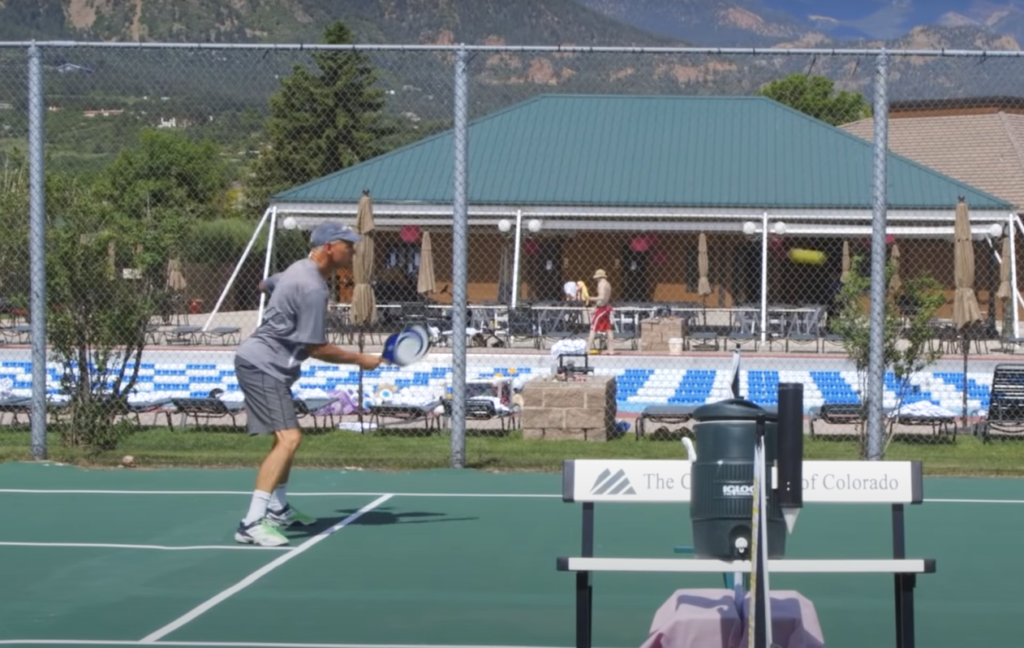
Break down the shot into its components and work on each aspect separately, gradually integrating them. Pay attention to grip, body positioning, and follow-through. Through deliberate practice, refine and perfect your form for improved power, accuracy, and consistency. Keep at it, and soon you’ll dominate the court with unstoppable shots!
Use visualization techniques
Visualization is a powerful tool that can help improve your overhand shot. Before attempting a shot, take a moment to visualize yourself executing the perfect form and hitting or throwing the ball with precision. This can boost your confidence and help you perform at your best.
FAQ
Can I hit overhand in pickleball?
Yes, you can hit overhand shots in pickleball. In fact, many players incorporate overhand shots into their game strategy to add variety and surprise their opponents.
What is the double bounce rule in pickleball?
The double bounce rule in pickleball states that each team must let the ball bounce once on their side before hitting it back over the net. This means that the receiving team must let the serve bounce before returning it, and then the serving team must let the return bounce before hitting their next shot. After these two bounces have occurred, both teams can choose to volley (hit the ball in mid-air) or play off of one bounce.
Are there different types of pickleball paddles?
Yes, there are many different types of pickleball paddles available on the market. These include composite, graphite, wood, and aluminum paddles with varying weights, shapes, and sizes. It is important to choose a paddle that feels comfortable in your hand and suits your playing style.
Can you hit overhand in the kitchen?
No, you cannot hit overhand shots in the kitchen (also known as the non-volley zone) in pickleball.
This rule helps keep the game fair and prevents players from gaining an unfair advantage by being close to the net.Useful Video: HOW to Hit an Overhead Slam! | The Pickleball Clinic
Conclusion Paragraph
Mastering the overhand shot takes time and dedication. By following these tips and regularly practicing, you will be on your way to becoming a pro at this essential skill. Remember to focus on your grip, footwork, angle, arm motion, and use visualization techniques to take your overhand shot to the next level. With patience and determination, you can achieve success in any sport that requires this fundamental technique. So get out there and start practicing! Keep pushing yourself to improve, and you will see the results in your performance on the court or field. Don’t be afraid to make mistakes along the way – they are an essential part of the learning process.
References:
- https://thevolleyllama.com/can-you-hit-overhand-in-pickleball/
- https://mdracketsports.com/can-you-hit-overhand-in-pickleball/


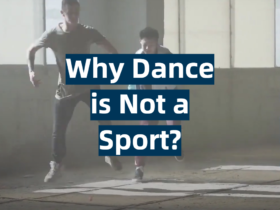
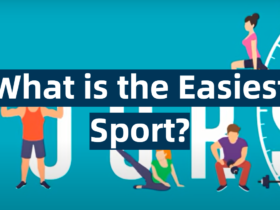

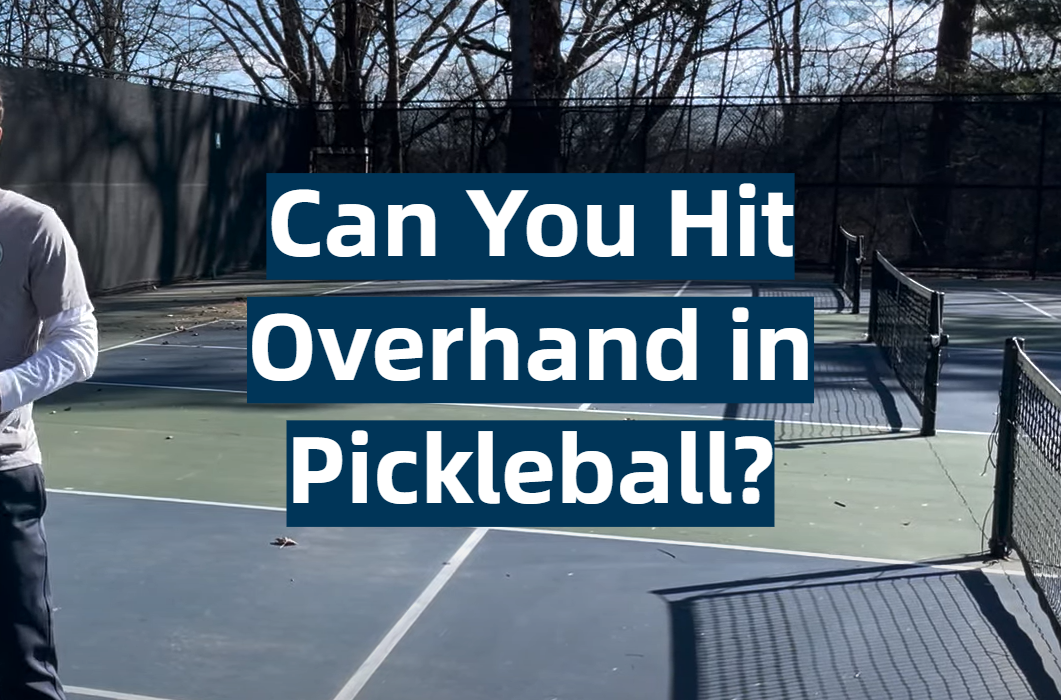
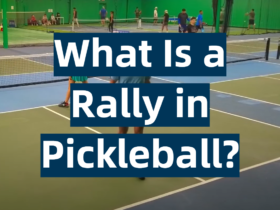
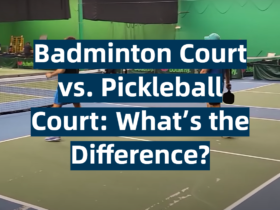
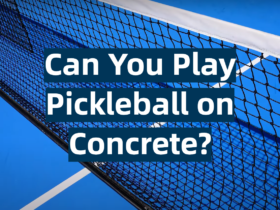
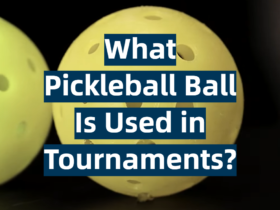
Leave a Review